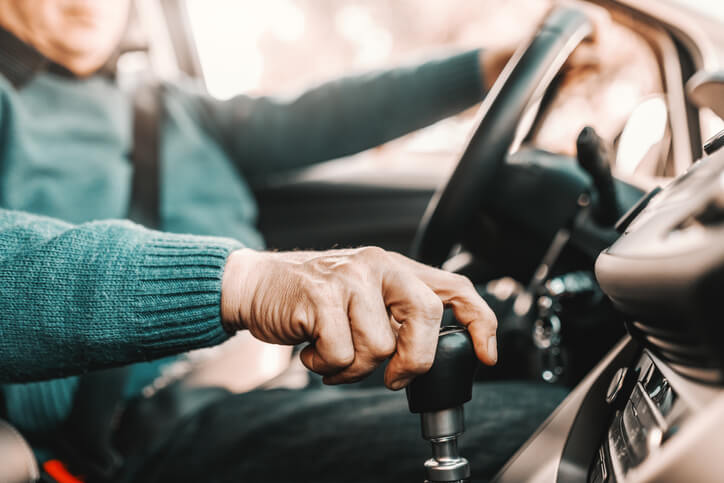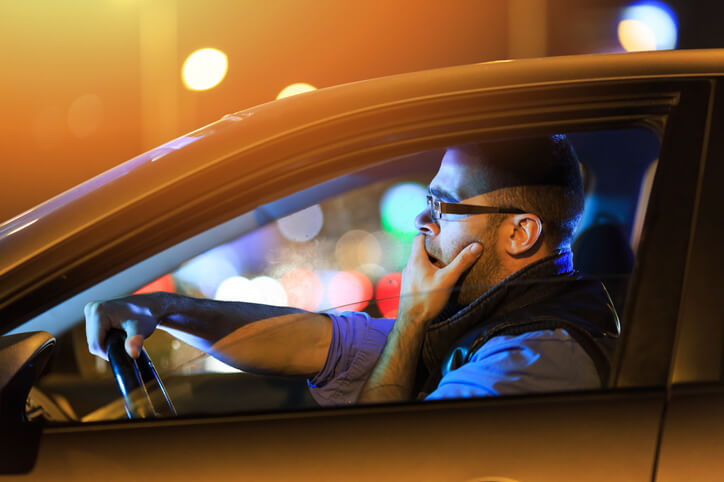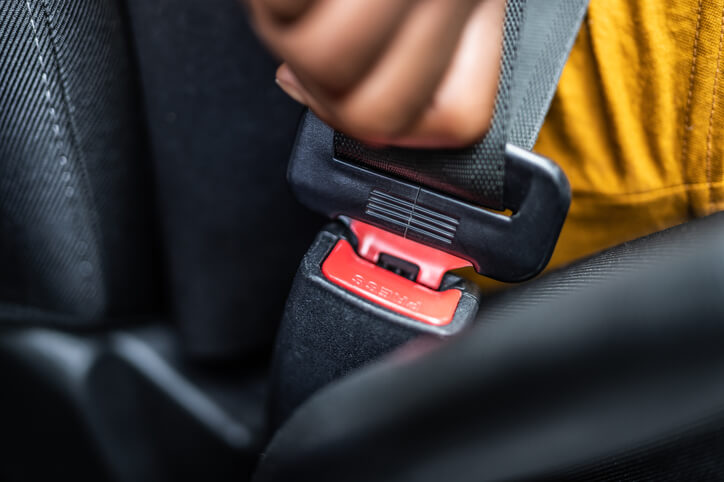While the nuances of the definition can vary slightly from state to state, most, Pennsylvania included, define a wrongful death as a death resulting from the wrongful act or negligence or another. In addition to being a real tragedy and a palpable loss for a family and loved ones, a victim in a wrongful death action can leave behind a deep sense of emotional loss as well as have a profound impact on the finances of a family. This is particularly true when the victim was the breadwinner or primary earner in a family. The law provides a way for those who have suffered as a result of the victim’s death by allowing them to bring a wrongful death claim.
How to File a Wrongful Death Claim
The first thing to talk about when discussing how to file a wrongful death claim in Pennsylvania is who is actually authorized to file a wrongful death claim in Pennsylvania. Pennsylvania law requires the personal representative of the decedent’s estate to file a wrongful death lawsuit. The personal representative of the estate is most often named in the will of the decedent. In the event, however, that the decedent died without a will, otherwise referred to as dying “intestate,” the court is authorized to appoint a personal representative if no one volunteers to take over the responsibility. Should the personal representative of the decedent’s estate fail to file a wrongful death suit within six months of the decedent’s death, any beneficiary of the decedent’s estate is permitted to file the wrongful death suit on behalf of all of the estate beneficiaries.
Pennsylvania has a statute of limitations in place that establishes a time limit allowed for filing a wrongful death lawsuit. It is two years. This means that a wrongful death claim must be filed within two years of the date of the person’s death. Failure to file a wrongful death claim within the two-year time frame means that a court is likely to deny hearing the case at all.
While the personal representative is the authorized person to bring a wrongful death lawsuit, the lawsuit itself is actually filed on behalf of the beneficiaries of the decedent’s estate. There are a variety of damages that are available in a wrongful death claim, including:
- Final medical expenses of the decedent
- Funeral and burial costs
- Expenses related to the administration of the decedent’s estate
- Lost wages and benefits the decedent could have reasonably been expected to earn should he or she had lived to support the family
- Pain and suffering
A wrongful death claim may also pursue compensation for loss of comfort and companionship. These kinds of damages, however, are intended to compensate surviving family members for loss related to the wrongful death. Because of this, damages for loss of comfort and companionship are only available if the decedent has a surviving spouse, children, or parents.
Philadelphia Personal Injury Attorneys
Have you lost a loved one due to the wrongful act or negligence of another? You can trust the team at Cooper, Schall & Levy to work tirelessly to pursue a wrongful death claim that can provide you with critical financial support in the wake of losing a loved one. Contact us today.







